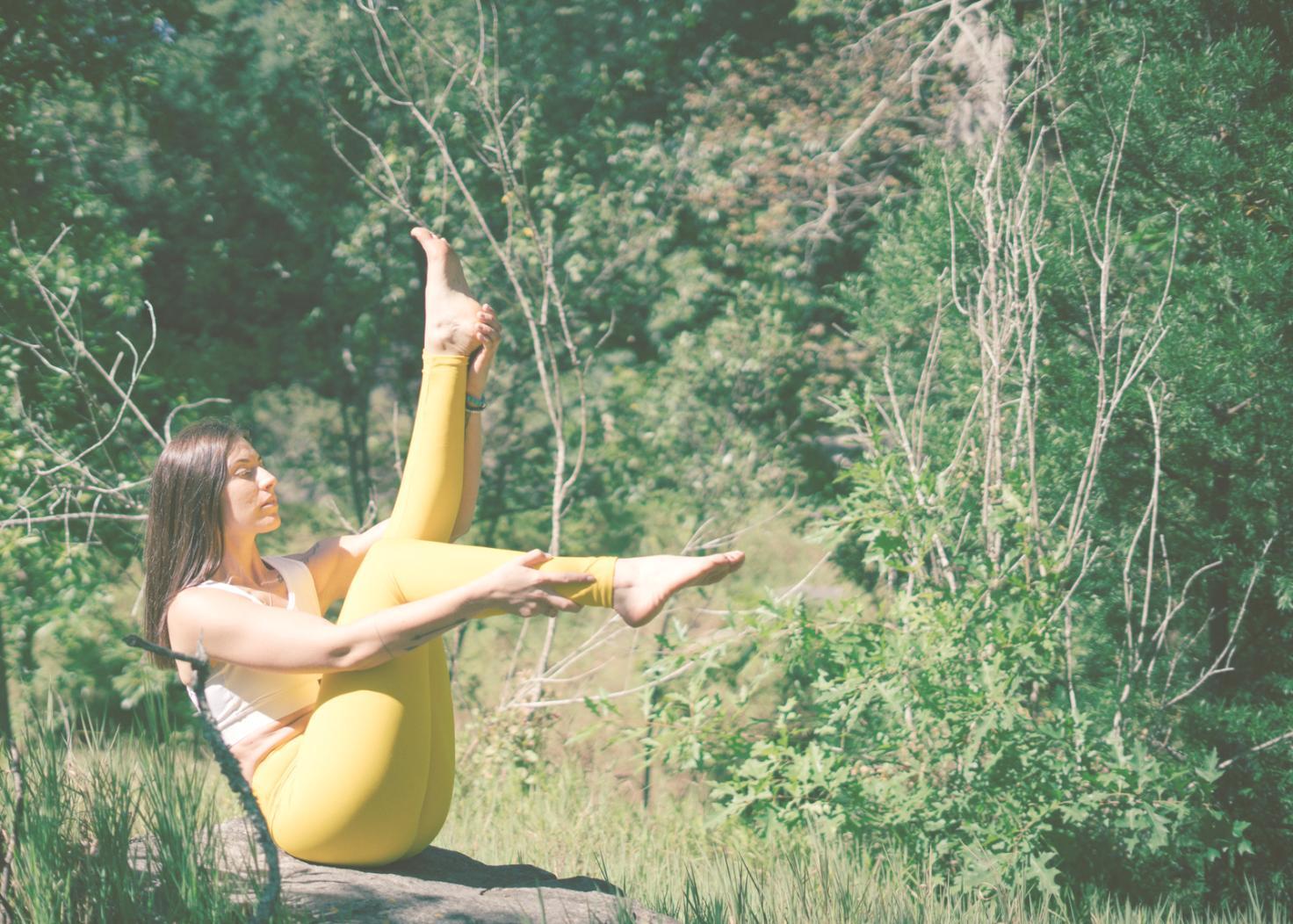





Awaken Your Inner Harmony and Strength
"Health" isn’t just a course—it’s a process. A rhythm, really, that asks participants to shift between the precision of technical practice and the fluidity of self-awareness. There’s a moment, often around the third or fourth week, when the initial excitement begins to wear off, and the difficulty of integrating the material into daily life sets in. For some, it’s the biomechanics exercises—the ones that feel mechanical at first, almost frustratingly so. For others, it’s the mental resistance, the old patterns that creep in when stress or fatigue rears its head. But that’s the work, isn’t it? Learning to meet those edges without retreating or forcing your way through. One participant recently shared how they’d been applying proprioceptive techniques during a high-pressure client presentation. Did it instantly solve everything? No. But they described feeling a kind of steadiness they hadn’t before, even when their voice cracked for a moment. That’s the texture of it: imperfect but real. What surprises people (and maybe shouldn’t) is how often the course reveals blind spots they didn’t even know were there. You start out thinking you’re just here to get better at managing stress or improving your posture, but then something shifts—subtly at first. Maybe during a guided body scan, you realize you’ve been clenching your jaw in meetings for years, or you notice how much you rush through transitions, both physically and mentally. Some of these realizations feel liberating; others, heavier. And yet, the program doesn’t rush you to “fix” anything. It’s more about noticing, experimenting, and finding your own rhythm. That’s why the balance between skill-building and mindset is so critical. Without that, it’s just another workshop that fades into the background once it’s over. The industry itself keeps evolving, which means so do we. Synced Points has learned—sometimes the hard way—that what worked five years ago doesn’t necessarily resonate now. Participants today are more skeptical of overly prescriptive methods, and honestly, they should be. It’s messy to revise material, to throw out things you once believed worked, but it’s also necessary. And the truth is, not every experiment lands the way we hope. Some initial attempts to incorporate real-time biofeedback ended up feeling too gadget-heavy, detracting from the experiential core of the program. But we adjusted, and the process of adjusting taught us something we couldn’t have learned otherwise. That’s the underlying ethos of “Health.” It’s not about getting it right the first time—it’s about cultivating the kind of presence and adaptability that lets you keep learning, even when the path isn’t linear.
Leave Request